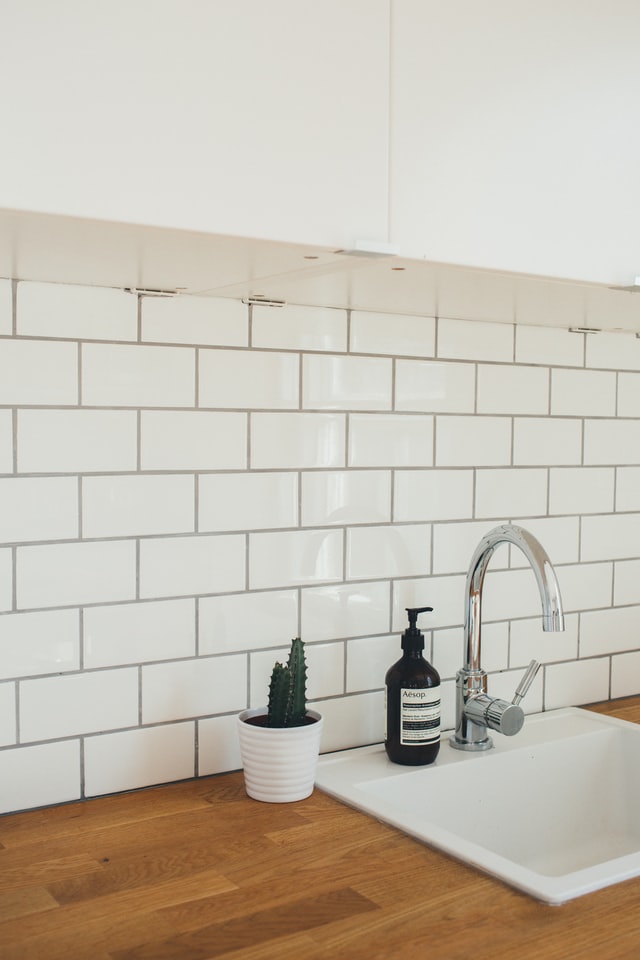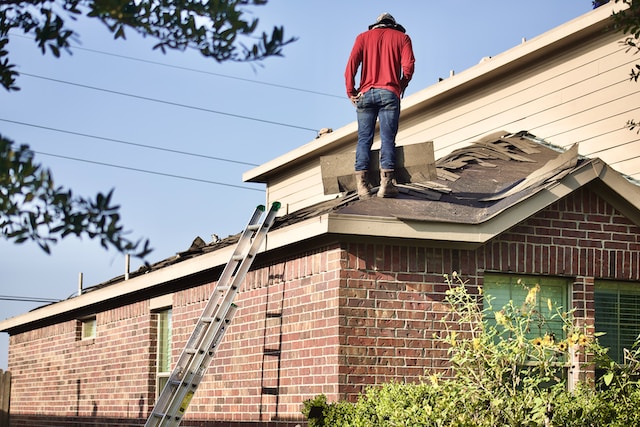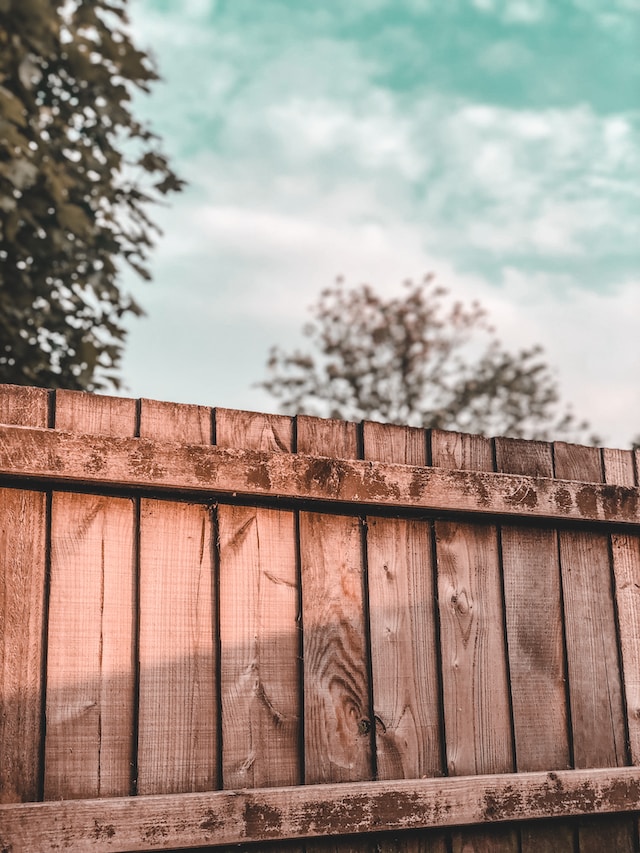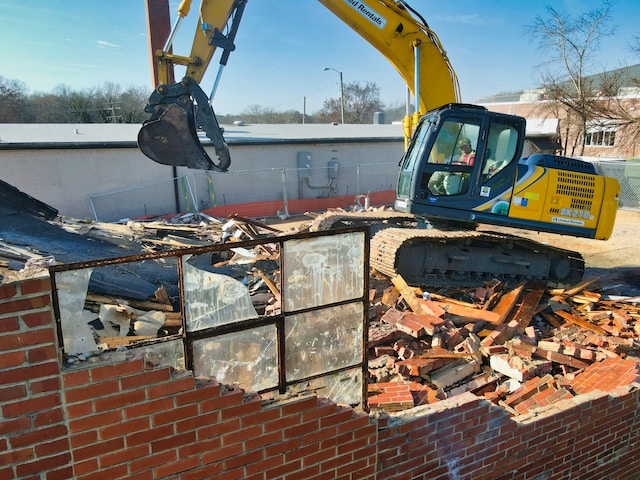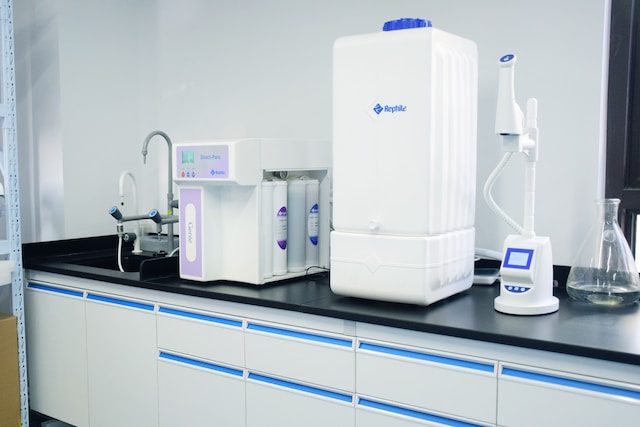A Complete Guide to Tile Flooring Restoration and Cleaning
Millions of houses feature ceramic or porcelain wall and floor tiles, commonly square or rectangular panels sealed with grout, in the bathrooms and kitchens. Although tiles are made to survive for many years, they can break, lose their color, or sustain other damage over time. Even if the tiles are still in good condition, sealant or grout might fall loose or degrade. Whatever the issue, you’ll occasionally need to fix, swap, or opt for tile flooring restoration Long Island City, NY, for aesthetic and practical reasons. Cracked, chipped, and out-of-place tiles can increase the chance of an accident or create a situation where mold might grow if moisture is trapped. Damaged tiles need to be changed as soon as feasible for everyone’s safety in the home.
Repairing Cracked or Missing Grout
Often tile floors have damaged or missing grout. It can be unsightly, as the grout is discolored or missing in some areas. While it can be tempting to patch up cracked and missing grout with caulk, it will not adhere to the existing substrate. Fortunately, there are some methods to fix cracked or missing grout that will save your tile floors and make them look new again.
Although you can choose to replace cracked or missing grout yourself, mistakes can be costly. Inadequate measuring, incorrect cutting, and poor laying of replacement tiles can lead to costly mistakes. A common mistake when repairing damaged grout is placing new grout over the old one. The resulting patch is flimsy and may leave unsightly patches. To avoid these costly mistakes, consider hiring a professional tile installer for the job.
Cleaning Damaged Tiles
If you’d like to restore the appearance of your tile flooring, it’s time to clean damaged tiles. The best way to do so is with a cleaning solution made from white distilled vinegar and water. This solution will disinfect and deodorize your floor, so dilute it first. You can also use it to mop your floor, pour it into a spray bottle, and clean small sections at a time.
Whether you’ve had a spill or your tile floor has been cracked by a child’s play, it’s important to clean it properly to avoid further damage. For example, a vacuum with an attachment for hardwood floors won’t damage the tile’s finish. Also, periodically recaulk any tile that has come into contact with water. Not only can water cause grout to crack, but it can also damage the surface underneath the tile.
Preventing Soiling and Discoloration
In some cases, restoring tile flooring can involve replacing a floor section that has deteriorated beyond repair. This solution is ideal if the damaged section is a small part of the floor that is inconspicuous. However, removing and salvaging the section might be better if it’s a large area where the tiles may be more visible.
Preventing soiling and discoloration starts by preventing stains and scrubbing your floor at the earliest opportunity. If you cannot get the job done yourself, try a solution of one part bleach to two parts water. A bucket or a vacuum attachment with a soft-bristle brush will ensure a thorough cleaning. Afterward, dry the area completely. Finally, apply a protective coating with a mild sealer to protect the tile from future discoloration.
Cleaning Glazed Tile Floors
Unlike unglazed tiles, glazed porcelain tiles are more porous and are susceptible to staining and water penetration. To minimize water damage, apply a penetrating tile sealer to a clean, dry floor. The sealer should be applied with a lint-free cloth and buffed thoroughly after 10 minutes. For maximum protection, reapply the sealer every six months.
If you are unsure how to clean glazed tile floors, follow these easy tips: First, use a soft broom to remove dust and debris from the floor. Then, you can use a small nylon brush dipped in hot water for stubborn dirt. Avoid dry rubbing, as it may damage the finish of the tile. If you aren’t sure what type of cleaning products to use, white vinegar is a safe option.
Cleaning Porcelain Tiles
There are several methods for cleaning porcelain tiles. One method requires a bucket of hot water and a small amount of white vinegar. Another method involves using a mild commercial-grade cleaner and following instructions on the label. After cleaning, the tiles should be wiped with a dry cloth. A mop or large sponge is the best option. If the tiles are textured, you should vacuum them twice so that all debris is removed from the groves of texture.
Natural stone tiles can become stained easily and may require a different cleaning method. You can try using a mild detergent on slate tiles, but you should ensure that the product does not contain any acidic ingredients. If you have a tile flooring restoration project, test the cleaner on an inconspicuous area first. Always avoid cleaning this area if you have small children or pets. This way, you will be able to determine whether or not the product is safe for your flooring.




